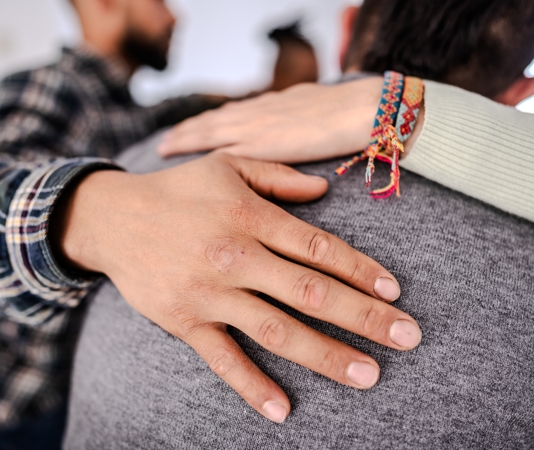How do you plan for an emergency for someone who needs help with their daily activities? If someone cannot run from a fire or drive away from a flood, the options to help might seem limited.
The National Safety Council lists “natural and environmental incidents” as one of the top causes of unintentional injury and death in home and communities.
The key is in preparation for any possible disaster or emergency. Whether you live with an elder who needs help in the home or in another state or country far from loved ones who need assistance, there are things you can do now to help keep them safe.
- Make a communication plan that includes names and phone numbers of people who can help by driving someone away from a natural disaster or come to them until the danger has passed. This contact list should be kept in a watertight container with an emergency kit, according to the Department of Homeland Security.
- Find out now how any weather or emergency alerts and warnings will be received.
- Make an emergency supply kit that includes water, nonperishable food, a flashlight, first aid items, and more. Make a note to check the kit every six months and replace anything that has expired. Keep in mind that this kit is for the aftermath of a weather-related disaster, not just the event itself. Things like extra eyeglasses, batteries for hearing aids, wheelchair batteries, copies of medical cards, contact information for doctors, pet food, and lists of allergies and medications can all come in handy.
- Make copies of all important documents—birth certificates, insurance policies and such—and put them in a fire-proof box.
- Research the shelter and evacuation plans.
- If your loved one is living with a disability, contact the local city or county emergency management office to see if they keep a list of people who need help during an emergency.
- Are there any medical devices that might need backup power in the event of a power outage? If so, are there batteries in the house too?
- The Office of Homeland Security suggests signing up for electronic payments from Social Security or other regular benefits so that checks won’t be delayed or lost in the event of a disruption in mail delivery after a disaster.
- Set a date to annually check safety devices in the home such as smoke detectors, carbon monoxide detectors and fire extinguishers. Replace batteries or the devices as needed.
- Consider signing up for a personal safety device that can be worn on the body (as a bracelet or necklace, for example) so that local responders can be alerted in the event of any emergency in the home.
Emergency planning is not one and done, but something that requires updating each year-- from fresh batteries to phone numbers on the support network contact list. Visit the National Safety Council website for specific lists and types of emergencies to plan for at all times.





